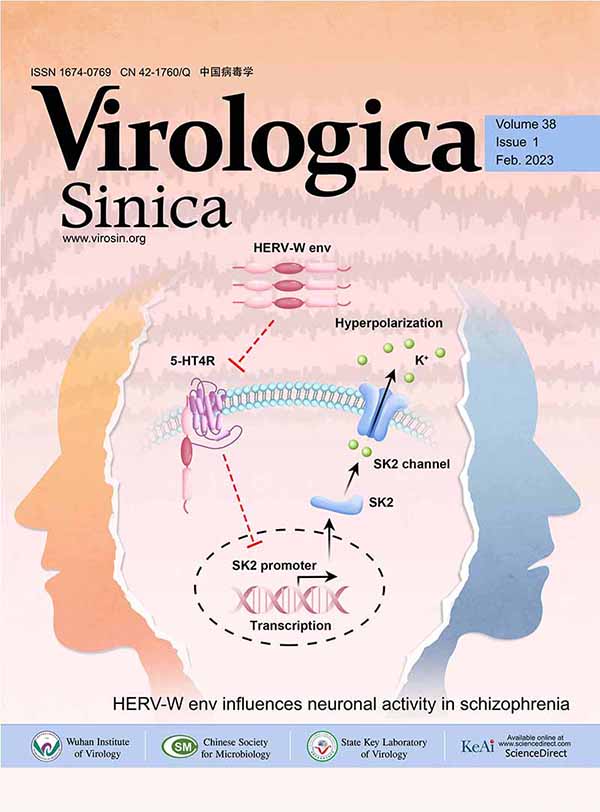Expression of Major Capsid Protein Gene of Infectious Spleen and Kidney Necrosis Virus of Siniperca chuatsi in Prokaryote
Abstract: A pair of primers was designed according to the sequence of ISKNV mcp gene, and a DNA fragment about 1400bp was amplified by PCR using the designed primers. The amplified product was cloned into the pGEM-T Easy Vector. Amino acid hydrophilic analysis indicated that the amino acids residue between 150 and 250 contained a high hydrophilic region, which is possiblely a trans-membrane region and the main epitope of MCP. In order to construct the MCP recombinant expression bacteria, the mcp gene was modified by introducing EcoRⅠ restriction endonuclease sites at both 5’ and 3’ ends and cloned into E.coli expression vector pBV220. After temperature induction and SDS-PAGE analysis, a protein of about 50 kDa in molecular weight was detected. The proportion of expressed MCP in total bacterial protein was about 23%. Two New Zealand rabbits were immunized by purified recombinant MCP to produce anti-serum. Westernblotting showed the recombinant Mcp had some epitopes of the native ISKNV MCP.













 DownLoad:
DownLoad: